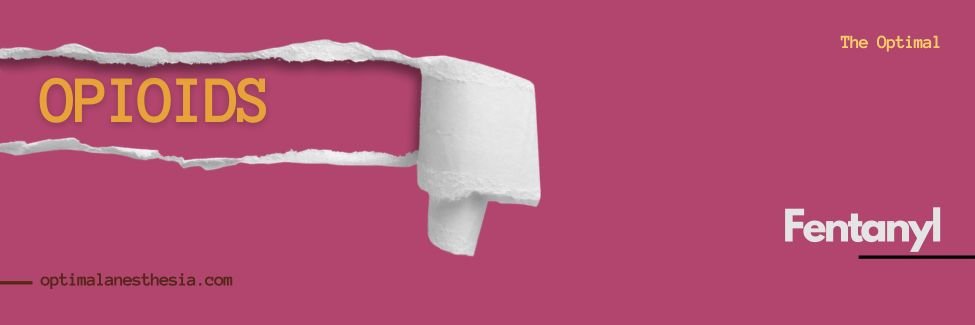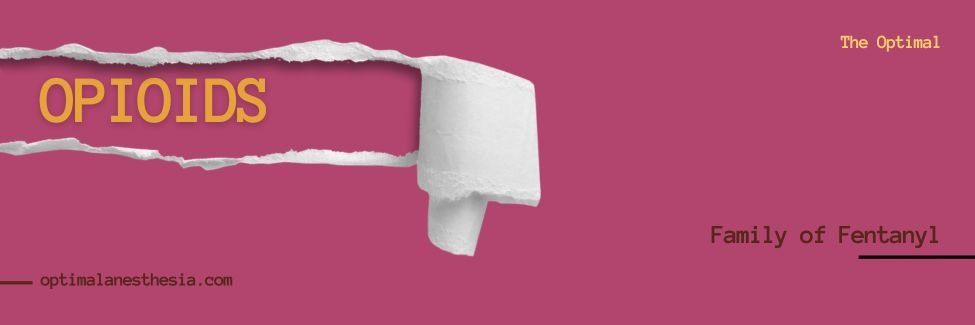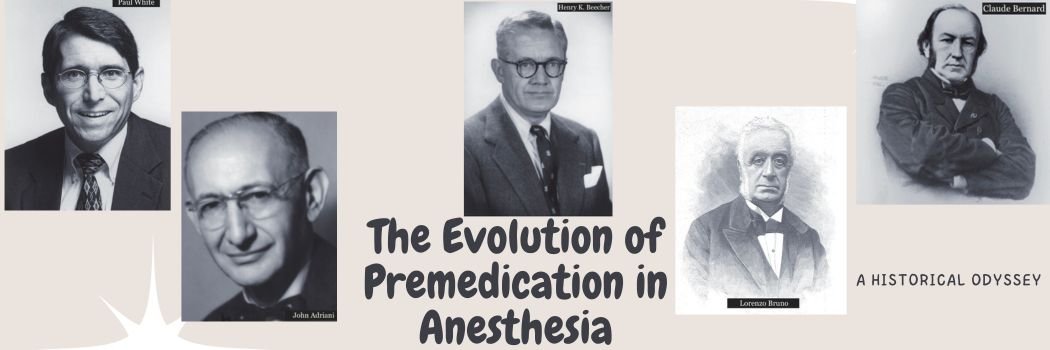Fentanyl
Fentanyl is a potent synthetic opioid agonist that belongs to the phenylpiperidine derivative class of drugs. It is structurally related to meperidine and is known for its remarkable potency, being 75 to 125 times more potent than morphine. Fentanyl was first synthesized in 1960 by Janssen Pharmaceutica and is commonly available as its citrate salt … Read more









